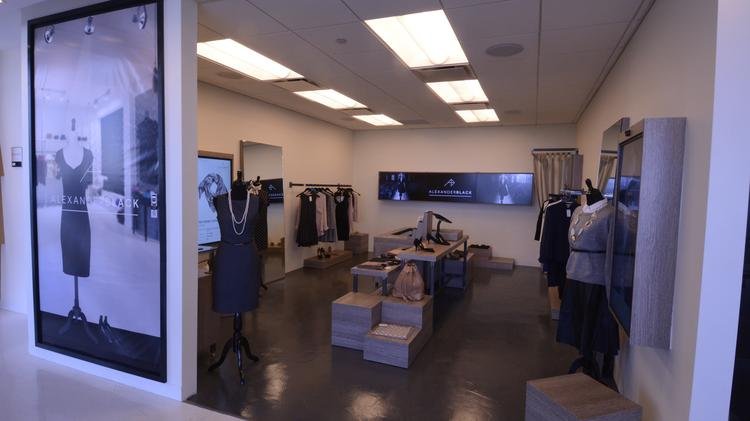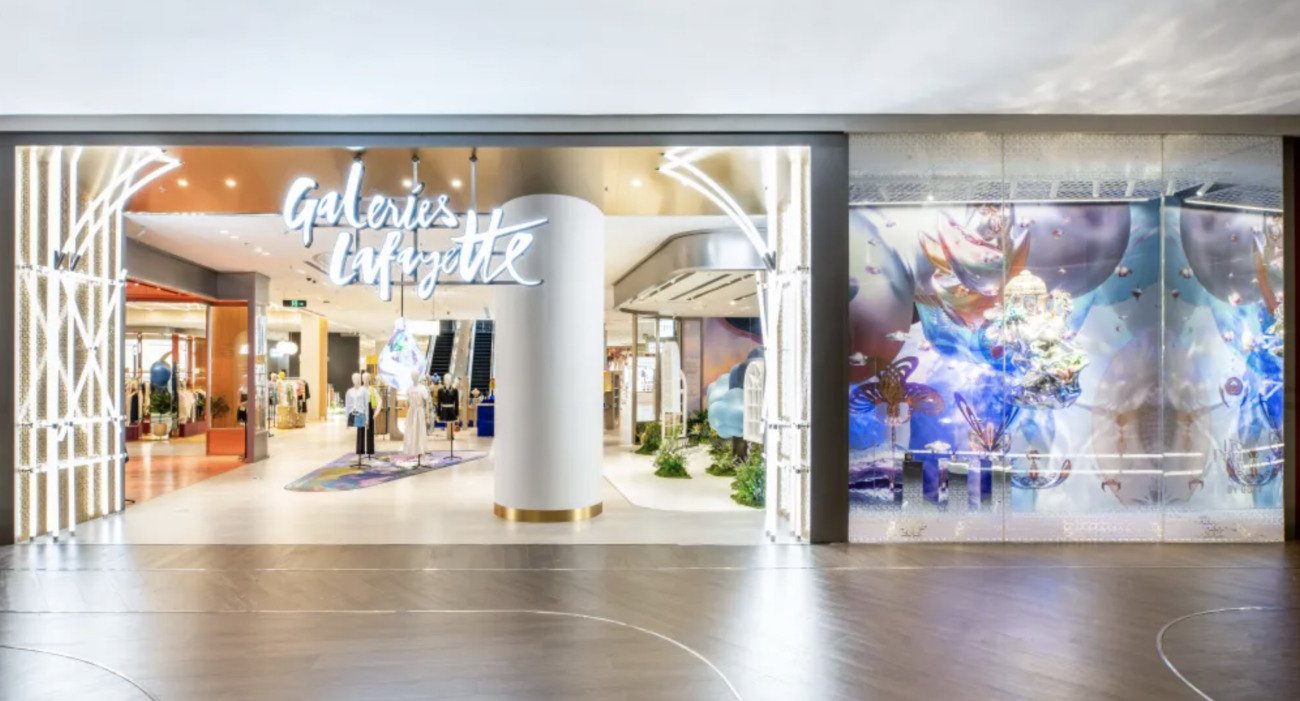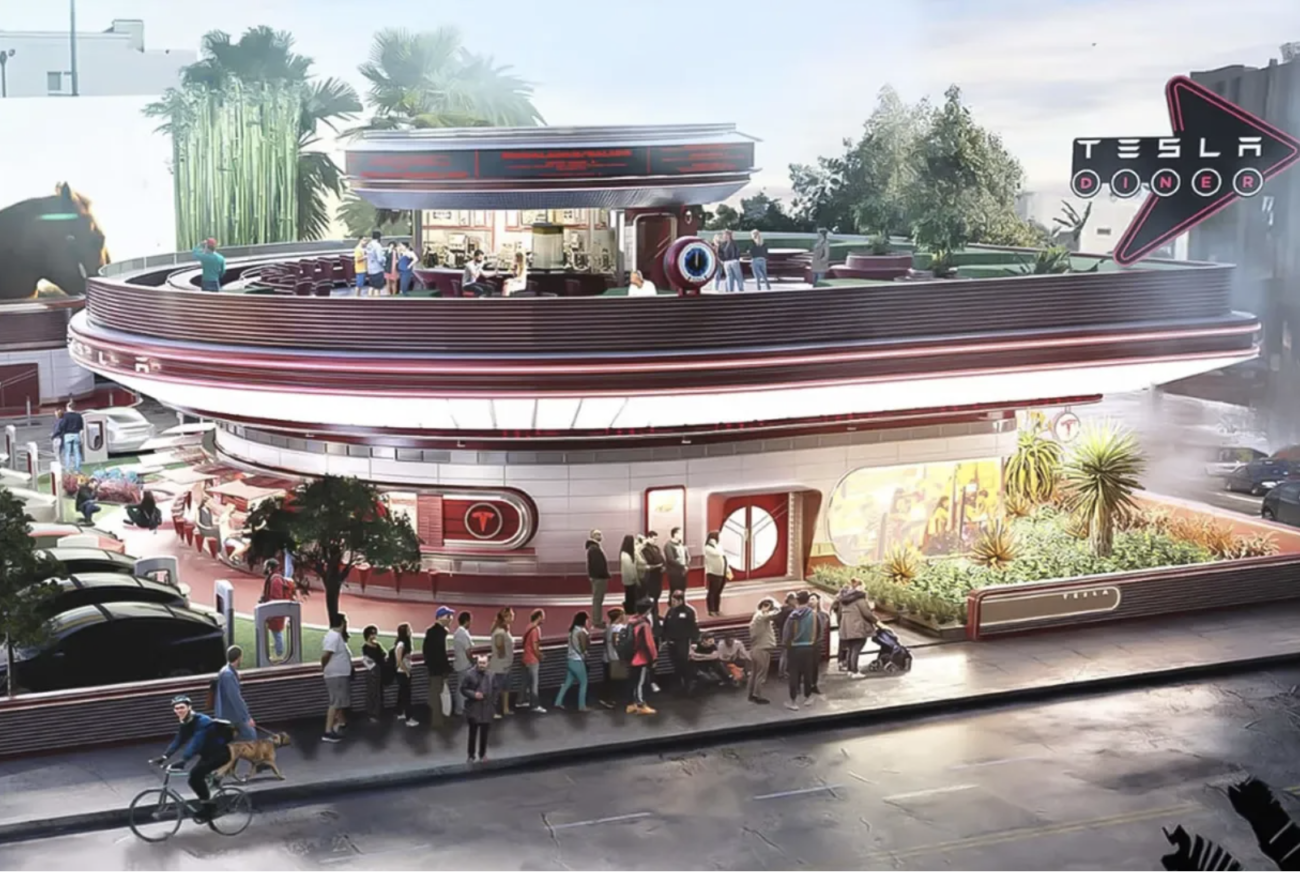How Brands Are Using Technology To Improve The Physical Shopping Environment
While new technologies have certainly impacted the customer experience—digital and otherwise—they haven’t completely overtaken the physical retail experience for today’s shoppers. From price comparison and ‘best near me’ apps to digital try-on services, most customers are

While new technologies have certainly impacted the customer experience—digital and otherwise—they haven’t completely overtaken the physical retail experience for today’s shoppers.
From price comparison and ‘best near me’ apps to digital try-on services, most customers are doing their due diligence and research prior to navigating through a brick-and-mortar location. Today, 82 percent of smartphone users turn to their devices to help them make a product decision, according to a study by Google.
What was once peer review platforms and competitive pricing in the early days of online shopping has evolved into contextual recommendations and personalised offers being leveraged through collected data. “Our view is that the best of the web sets your expectations for the real world,” said Andy Hobsbawn of IoT company EVRYTHNG, of people becoming accustomed to seamless and personalised online brand experiences.
Whether by beaming hyper-relevant recommendations through the use of beacon technology or layering in proprietary tech that can deliver in-the-moment deals based on customer recognition, tools are readily available to create an additional layer of context for each type of shopping experience.
In New York City, Rebecca Minkoff’s flagship store puts customers in the driver’s seat of their digital experience in-store with each visit. When shoppers enter the store, they can check-in with their PayPal app to alert store associates. An interactive, connected screen is available to browse items to try on; an associate will collect the selected pieces and text a customer when a fitting room is available. Merchandise within the SoHo location is equipped with RFID tags to monitor which items customers try on to provide a real-time view of inventory. The fitting rooms are equipped with smart mirrors so shoppers can request other sizes or items. Customers can make purchases from within the dressing room using their PayPal account, or from an iPad-equipped employee.
While the store certainly blurs the lines between online and offline interactions, it also allows customers to decide their level of digital involvement, even if they want to bypass it altogether. The promise of a digitalised retail landscape is being leveraged to deepen the conversation with customers due to the added context around exchanges.
British Telecom opened a concept store in Milan to trial a tech-infused in-store shopping experience branded as “Alexander Black.” More than 40 innovative technologies enable floor staff to more efficiently access customer and product information, as well as support their omni-channel strategy. The employees are able to monitor what products are being carried into the fitting room to recommend complementing products or follow up with relevant mobile marketing. Smart trackers let customers order a product online if it fails to be stocked at the current location.
For any retailer operating in this media-rich landscape, the challenge is to create a compelling experience that ensures that any digital messaging is being delivered at the most opportunistic time. In fact, a study by Google from July 2015 found that 70 percent of companies have begun to transform their businesses and experiences as a result of the urgency created by new mobile trends.
While there might not be a definitive way to bridge the expectations shoppers arrive with at every retail touch point, it’s becoming clear that an approximation is something customers value. These new technologies that leverage consumer data and context can be leveraged by brands to ensure greater personalization and a timely marketing strategy. In the end though, while the use of technology is certainly appealing, for its implementation to be successful, the customer should ultimately be able to dictate their level of interaction.
Via PSFK
 English
English





